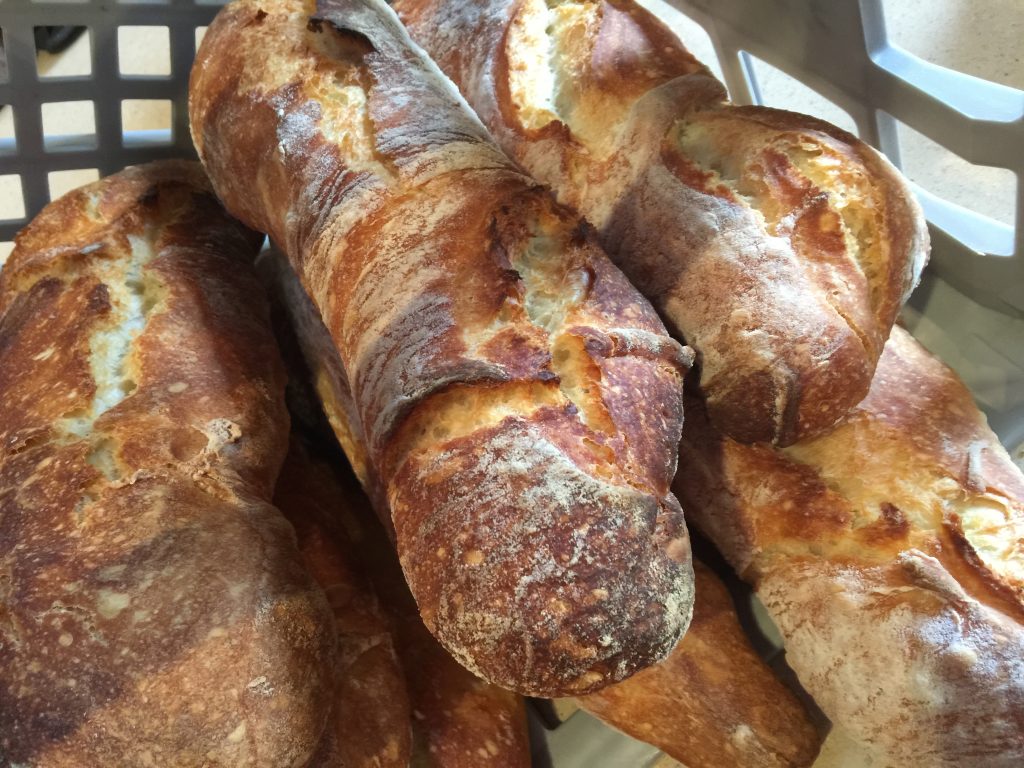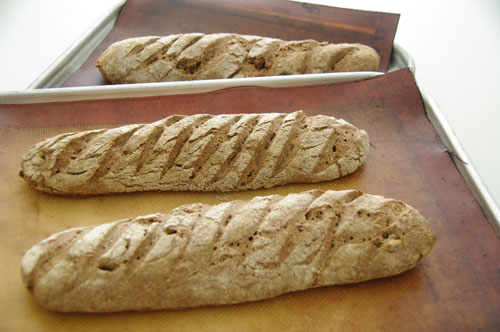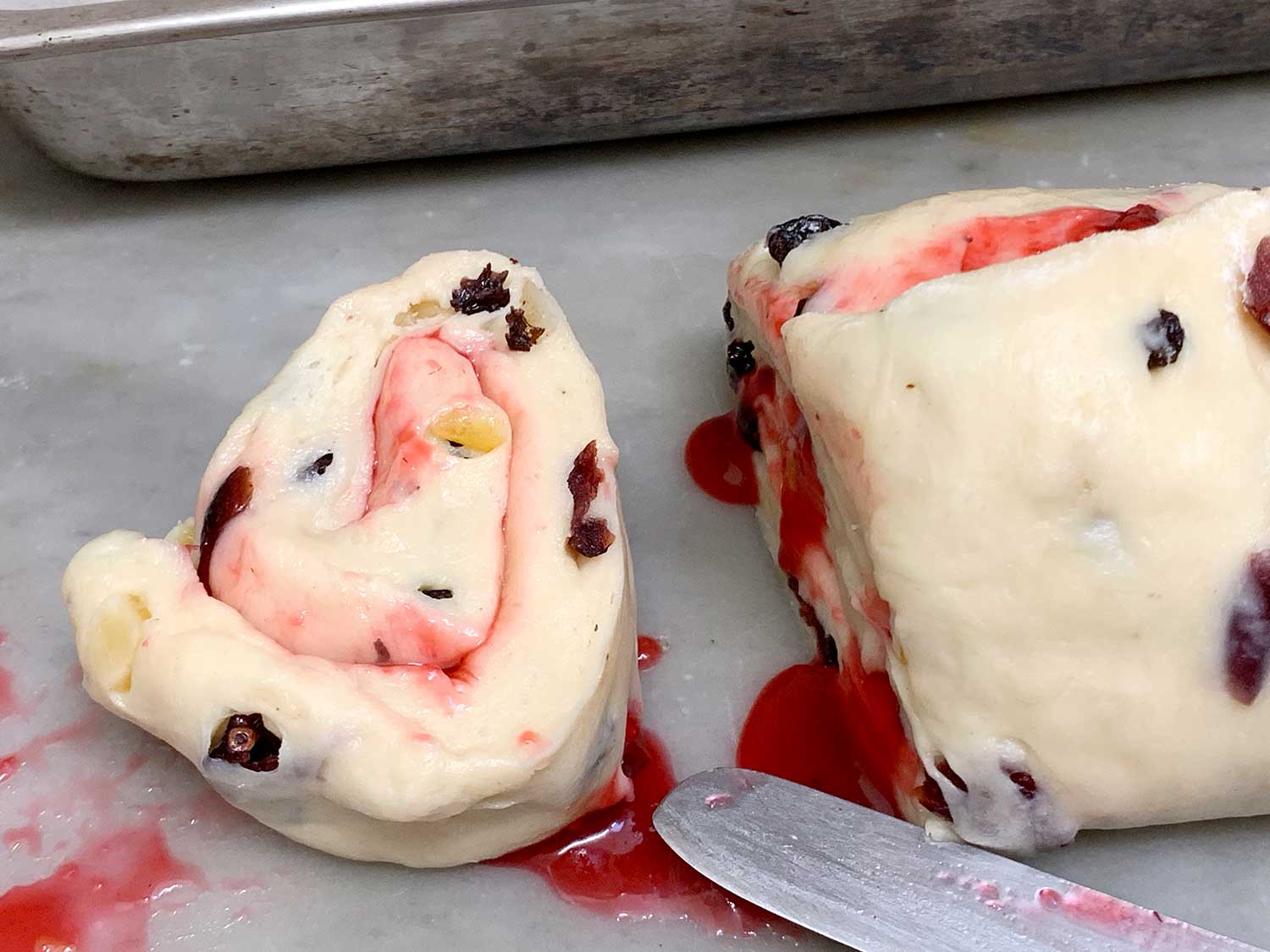
proving
working
with
yeast

After 40 years working as a professional chef, initially 12 years in my own kitchen and then in multiple kitchens, both restaurants and hotels my passion for bread remains undiminished and I know there is still more to learn.
A hotel kitchen will have all sorts of equipment, like for instance a bread prover or hot box which works just as well. Over the years working with some excellent bakers both professional and domestic I have learned a lot. When it comes to books I have many books about yeast bakery and bread but my favourites remain Jim Lahey’s ‘My Bread’ and ‘My Pizza’ and although it has become difficult to find because it is out of print ‘Mastering the Art of French Pastry’ originally published by Barron’s 1984. It remains a bible and secondhand copies are hard to find.
In those 40 years, I have also taught dozens of chefs and home cooks how to work with yeast. Everything I know has basically been learned by making mistakes, but, I have come to believe the most common reason for failure is not understanding the proving time. For cooks new to yeast I have a simple suggestion. Get a texta and when you have made your dough work out where doubled will be and mark it. The next thing that anyone needs to learn is that if you are using ‘slow proving’ in Australia it can range from eight hours to 24 another reason why marking the bowl is a great help for beginners. Over the years we have also noticed that the bread made in these large plastic bowls with tightly fitting lids is better.
Last year nearly every piece of electrical kitchen equipment I owned went to heaven. Unsurprising, if one thinks that most of them were 20-25 years old. None the less it did create some angst. My convection microwave was much younger, and I was disappointed at its short life. My intention to return to the Sharpe brand, a 42L inverter convection microwave model number R-995DST. In so many ways I am extremely happy but there are things that in hindsight I should have checked. The convection temperatures are annoyingly missing 30°C or 35°C, 60°C, 70°C and 80°C. 40°C is just slightly too hot for proving and although I do use it to prove, it requires a lot of watching, stopping and starting. At 30°C it would be a breeze. Given the popularity of sous-vide cooking the 60°C, 70°C and 80°C temperature range would have made that easy. I particularly chose this model because I can fit my Kenwood Major bowl in the unit.
If you are not a chef, and know a chef, who is a baker or a home-cook who is a baker work with them a few times. In the many years I have been cooking I have learned to listen to anyone who has tried to pass on their knowledge. A great example I was led to Jim Lahey by friends and fabulous cooks Diana Hetzel and Henry Martin.
AO 13 October 2020




